The amazing Lugano to Ponte Tresa tram-train
Let’s play a game
Let’s take two cities, roughly sixty kilometres apart from each other, and compare their interurban tramways
Choose your fighter!
Milano: 1 352 343 inhabitants in the city and 3 969 044 inhabitants in the Metropolitan area.
Versus:
Lugano: 67 082 inhabitants in the city and 151 522 inhabitants in the Metropolitan area.
Lugano has a nice narrow-gauge railway called “FLP” (Ferrovia Lugano-Ponte Tresa), which opened in 1912, to close the gap between Ponte Tresa, where the Italian railways from Luino and Ghirla used to terminate, and Lugano on the Gotthard Mainline.
Ponte Tresa is a tiny lake village on Lake Lugano, splitted between Italy and Switzerland.

Photo: https://www.laviafrancisca.org/percorsi-asfaltati/ponte-tresa-ganna/
Railways on the Italian side, closed down in the early 1900s and so the Ferrovia Lugano-Ponte Tresa railway, remained the only heavy rail connection to the town for years.
Like many and many small gauge railways, since late 2021, this line has ended up being operated with trams.
But this doesn’t stop here, because the Canton Ticino region plans a real tram-train network for Lugano. The project includes a tramway line in Lugano’s downtown (which is literally down, because of the hills) and a new interurban line to Manno, at Lugano’s northern end. So, the two lines from Ponte Tresa and Manno will converge and travel together into Lugano’s city centre.
Today, the Lugano-Ponte Tresa tramway, operates a 15′ frequency. As the new tram line in downtown Lugano will enter in service, frequency planned on both lines (to Ponte Tresa and Manno), will be every 10’. So, there will be a tram every 5’ in the city centre. Which is amazing, for a city that size.

Despite the small size of the city and the high frequency, trams on the Ponte Tresa line are very well used. And please remember, that this pic was taken during Christmas holidays, at midday. So, I definitely understand the need for a higher frequency.
We can’t see a lot of the future Lugano tram-train network yet, except for the rolling stock: Since late 2021, the line is no longer operated with trains. Instead, nice seven cars long Stadler Tramlink tramsets are now in operation.
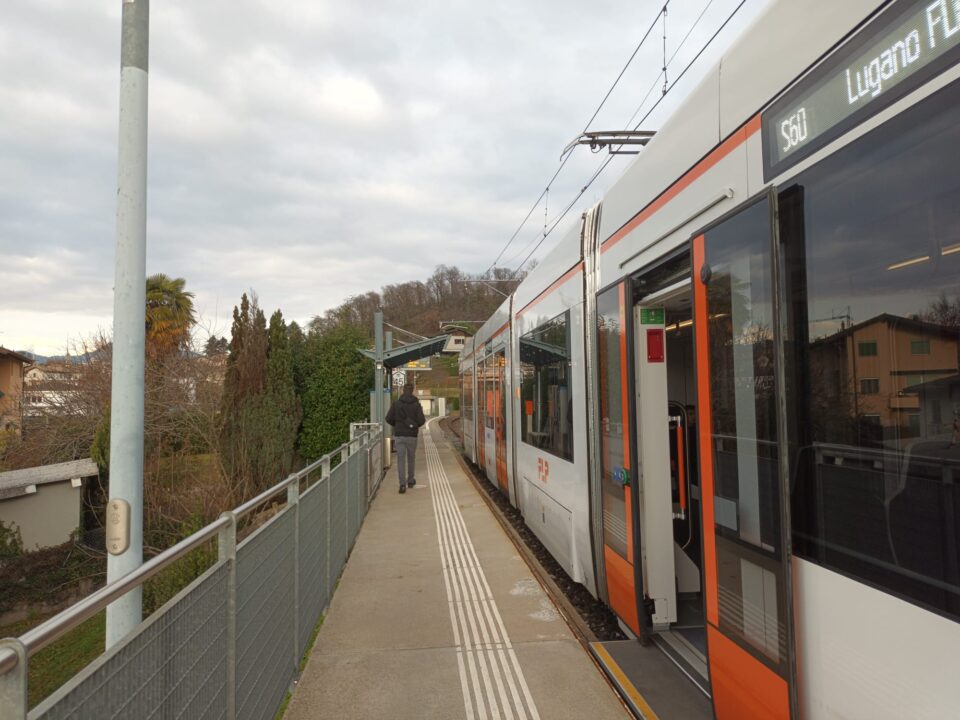

Although the tram is a bit slow in my opinion, the timetable is simply well designed, with perfect integration with feeder bus services.

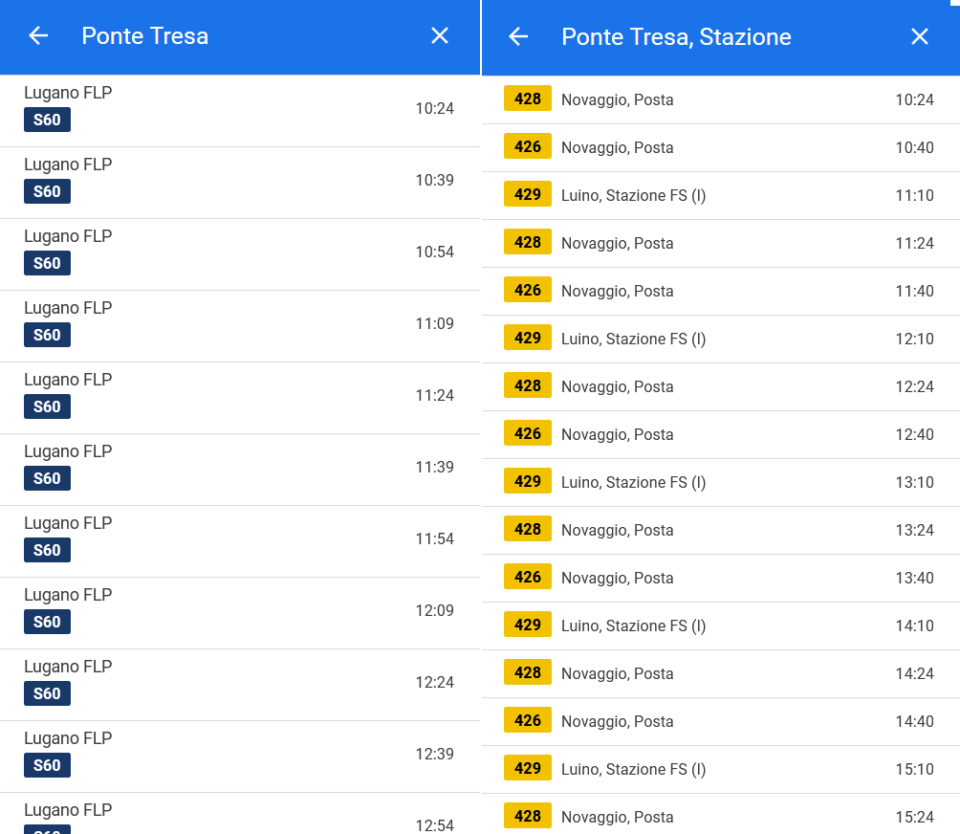
The line is also single track, with Bypasses being installed everywhere is possible. This means, that this single-track line is already and suitable the higher frequency planned. This really blows my mind.
So, let’s talk about Milan’s last two remaining interurban tramways, shall we?
The Milano to Desio tramway, closed down in 2011, due to outdated infrastructure, with the promise of being reopened soon, and with a new section to connect to Desio’s hospital and Seregno’s railway station.
This might sound a fair plan, but the reality is that today, in December 2022, there is still no tram.
The line is temporarily replaced by bus.
Since 2011, there have been some kind of protests from the locals. Against the reopening of the tramway. Today, in December 2022, still no sign of works going on. The tramway seems to be completely forgotten.
And this is not the first time something like this happens in my city:
The Milano to Vimercate tramway, closed down in 1981, with the promise of being rebuilt as part of metro line M2. Today, in 2022, the M2 line still only serves the first 3,6 kilometres of the old tramway. The total length of the tramway, used to be about 16 kilometres.
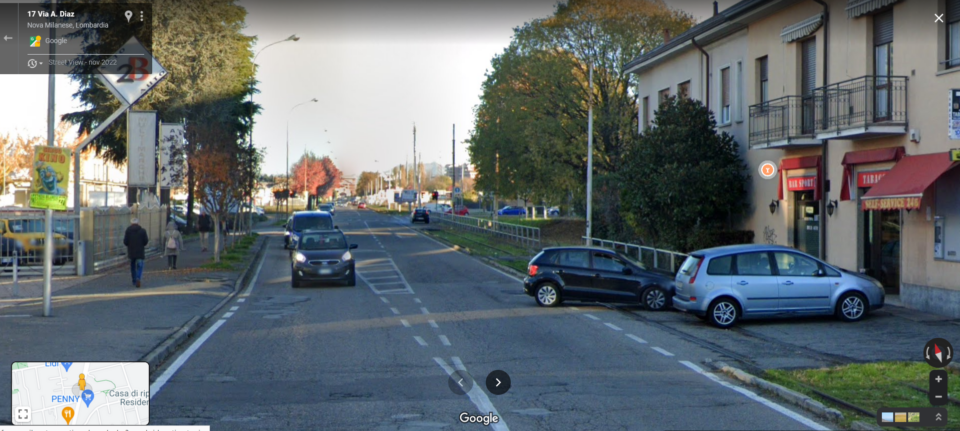
The Milano to Limbiate tramway, closed down between Milano Affori and Milano Comasina in 2011.
This was due to the opening of the new section of the metro line M3, between Maciachini and Comasina.
The fact is, that Affori also has a railway station, served by lines S2, S4 and R16, which connects to various destinations. S4 and R16 also connects to Cadorna, right in the historical city centre.
The Affori to Comasina section used to be 1,2 kilometres long. So, definitely a shame to miss a connection with the railway system in order not to have a redundance of just 1,2 kilometres.
And please let’s remember, that trams and undergrounds does not offer the same service.

The line operated as peak only service between Milano Comasina and Limbiate from 2011 until October 2022. The tram was temporarily replaced by bus in off-peak times.
In October 2022, it eventually closed down due to lack of maintenance. The service is now temporally replaced by busses the whole day long.
As the line operated peak only, it was very slow. I mean… Very slow. With some sections being operated at 5 km/h due to poor track conditions.
And it was still more convenient to take the tram, then drive on the parallel road.
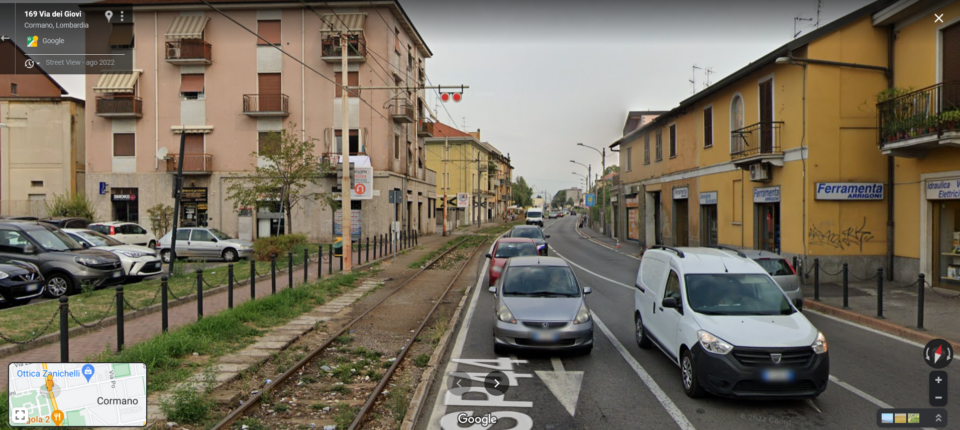
The two lines should reopen after renovations work.
New rolling stock to replace the old 1961 “bloccato” units should also come. The new tram units will also be Stadler Tramlink, like in Lugano. But in a two-car configuration, instead of seven.
On top of this, in Italy there is also still a lot of bureaucracy and resistance about coupling railway vehicles. I’m pretty sure there is no system on the whole nation, that couples trams to add capacity.
But let’s talk a bit more about Lugano.
The tramway is perfectly integrated into the villages he serves.
As you take the line from Lugano, you’ll pass through Sorengo with his tiny lake and Agno, where the airport is located, which is no longer open for regular passenger service since the Gotthard Base railway tunnel started operations.
Then, the line travels along Lake Lugano’s coast trough Magliaso and Caslano, before ending in Ponte Tresa.



As you take the line from Lugano, you’ll pass through Sorengo with his tiny lake and Agno, where the airport is located, which is no longer open for regular passenger service since the Gotthard Base railway tunnel started operations.

Ponte Tresa is the biggest station on the line. As I arrived here, I was surprised to find a toilet (because trams have none). This was free to use, and perfectly clean. And this should have nothing to do with “being Swiss”, but rather with “care about things”.
Ponte Tresa is also obviously a major bus terminal for the surrounding valleys.
There are no busses from the Italian part of the Town to connect to the station. Italian busses do not cross the border, completely ignoring the railway station.

To be perfectly clear, there is a cross border bus line, which is the 429 to Luino, which is a major tourist destination on Lake Maggiore.
This is paid and operated by Switzerland, and it used to cross the border few times a day untill 2020. Then, cross border service was extended the whole day long. Yes, they did it in 2020.
Since the line is not paid from Italy at all (and maybe also because of some kind of regulations) it is no possible to take the line within Italy. So, it’s not really a cross border line.
Taking the tram back, I spent some time stooping at stations along the line.
As passengers arrive in Lugano, they have the chance to continue the journey by local bus, or mainline train. The interchange is smooth and perfectly timed, although it requires a one-minute walk. Above a busy road. The new tracks into the city centre will allow for direct services and will solve this problem for passengers heading downtown.



As passengers arrive in Lugano, they have the chance to continue the journey by local bus, or mainline train. The interchange is smooth and perfectly timed, although it requires a one-minute walk. Above a busy road. The new tracks into the city centre will allow for direct services and will solve this problem for passengers heading downtown.


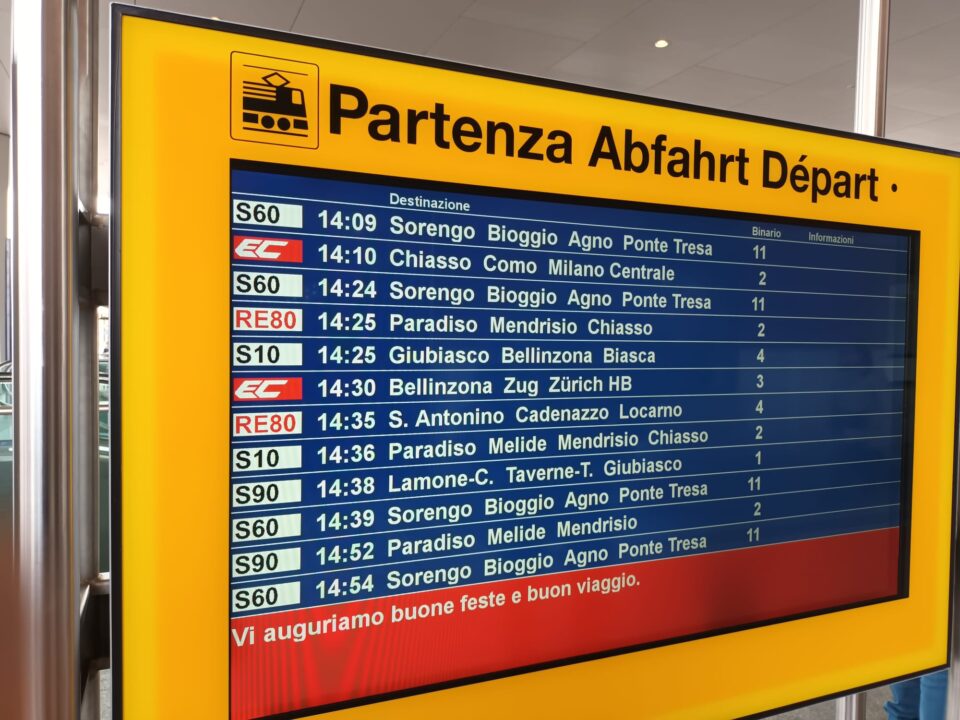
Anyway, an amazing experience overall, and I’m so frustrating for my city when I see stuff like this.
This is the way to growth. This is a tram that helps the small community he serves, to care about nature and life quality.
Cities should grow around railways again, as they did in the past. This is still a reality in places like Switzerland. They show us that this is not only possible. It’s simply healthy.
So… did you choose your fighter?
